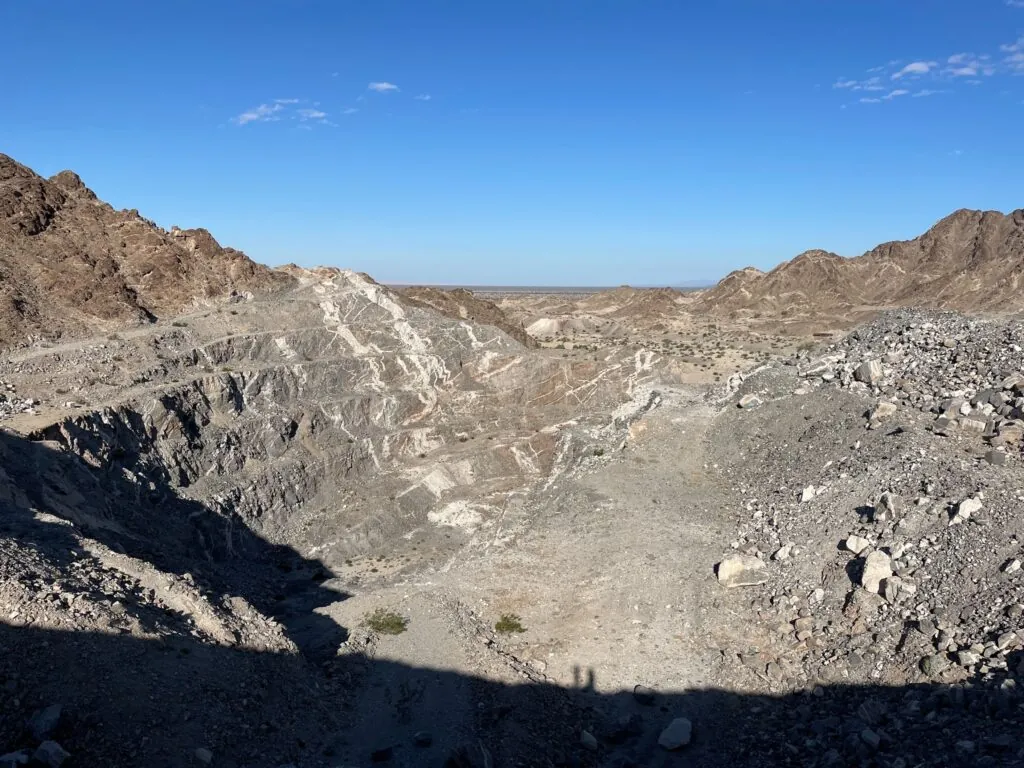|
Getting your Trinity Audio player ready...
|
California’s Surface Mining and Reclamation Act is one of the state’s most important laws to protect communities and the environment from the impacts of mining.
Passed in 1975, SMARA requires mining projects to get a reclamation plan (for site cleanup after the mine closes) approved and provide financial assurances to prevent abandoning open pits, drill sites, and access roads if they go bankrupt. This protects the public from being left on the hook for cleaning up the mining industry’s toxic mess, as is the case with abandoned mine lands throughout the country.

Because SMARA requires state or local approvals, it also triggers a review under the California Environmental Quality Act (CEQA) for the entire mining or exploration project. This provides an important opportunity for tribal consultation and public comment, even for projects on private land or that the federal government has approved without proper scrutiny.
But SMARA was passed with a mining industry loophole. Public Resources Code Section 2714 (f) gives the State Mining and Geology Board authority to exempt mining projects that will have “minor surface disturbance” or are of an “infrequent nature.” But it includes no definition of those terms. Now, SMGB is proposing a new regulation to guide the 2714 (f) exemption process.
While we would prefer a long-term solution that closes the loophole and provides no mining project exemptions under 2714 (f), Earthworks welcomes the board’s effort to standardize the exemption procedure.
However, the proposed regulation falls short in three key areas:
1. Meaningful Tribal Consultation
Mining projects in California disproportionately impact the lands of Indigenous communities. To approve a mining project, agencies must conduct robust and meaningful consultation with impacted California Native American Tribes, even those without federal recognition. However, if the SMGB exempts a project from SMARA, it’s unclear how and when that consultation will occur. The board must revise the regulation to outline the consultation process.
2. Accessible Public Hearings
As written, the regulation allows public hearings on an exemption decision to be held in the local county or in Sacramento. These hearings should only be held in the local county to encourage accountability and public participation. This will also allow the SMGB to visit the project site and hear directly from local community members, learning as much information as possible about a project before deciding whether or not to grant an exemption.
3. Clear Rationale for Exemption
As written, the regulation allows the board maximum discretion to grant an exemption. There are no definitions or criteria to help the board decide whether a project should be considered “minor” or “infrequent.” The regulation must be revised to require the board to issue findings explaining its decision-making. Otherwise, the SMGB risks becoming even more of a black box that grants exemptions without providing a rationale to the public.
Make your voice heard! If you live in California, please sign a comment to the board now.

